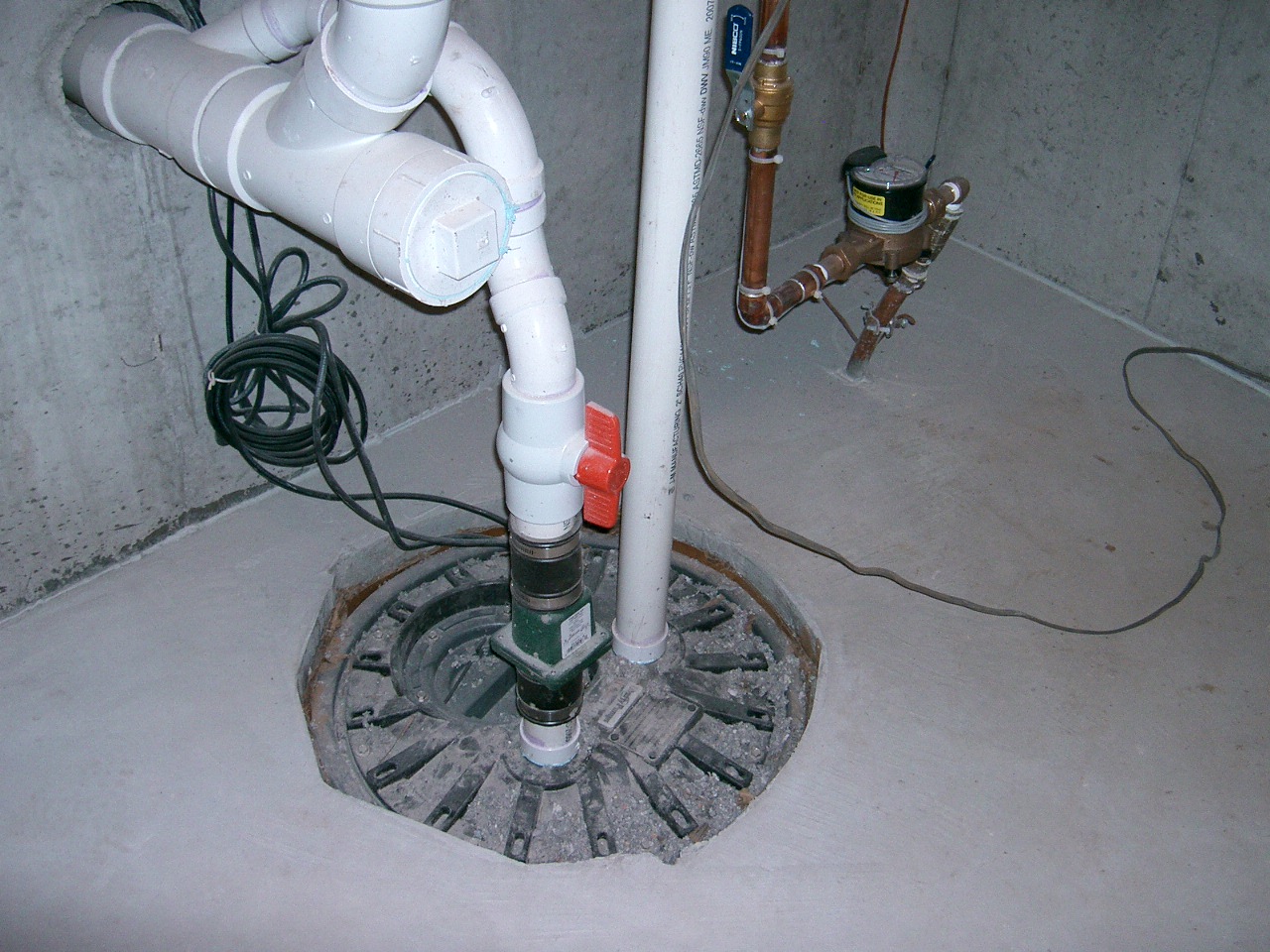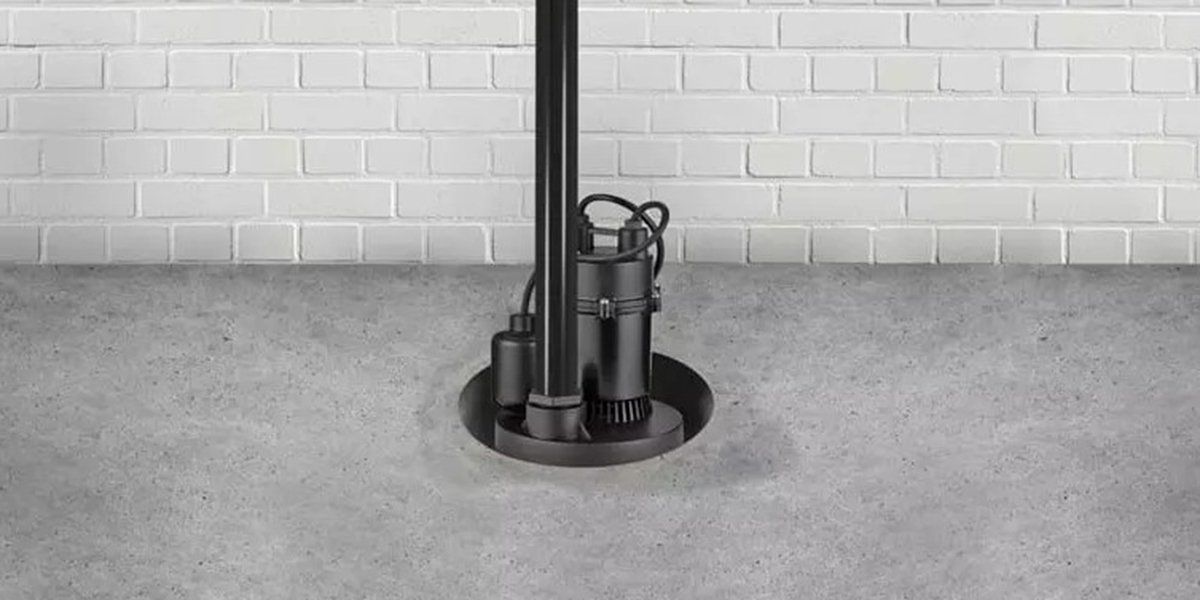They are making a number of good pointers relating to How to Care for Your Sump Pump in general in the content below.

Sump pumps are essential elements in lots of homes, specifically in locations prone to flooding or excessive moisture. They help stop water damage by effectively eliminating excess water from basements or crawl spaces. However, like any other appliance, sump pumps require normal upkeep to guarantee they operate successfully when needed the most. Cleansing your sump pump is a vital part of its upkeep, and comprehending just how to do it correctly can save you from expensive repair services and potential catastrophes.
Intro
Keeping a clean sump pump is important for its proper functioning and durability. Ignoring this vital job can bring about blockages, malfunctions, and eventually, water damage to your building. As a result, finding out how to clean up a sump pump is critical for homeowners who count on these tools to maintain their cellars completely dry and protected.
Understanding the Sump Pump
Before diving into the cleansing process, it's necessary to have a fundamental understanding of exactly how a sump pump works. Usually set up in a pit or basin below the cellar flooring, a sump pump consists of several key parts, consisting of a pump, a float switch, and a discharge pipe. When water gathers in the pit, the float button triggers the pump, which after that pumps the water out through the discharge pipeline, away from the building's structure.
Signs of a Dirty Sump Pump
Knowing when your sump pump requires cleaning is crucial for stopping potential breakdowns. Some typical indicators that suggest an unclean sump pump include unusual sounds during operation, minimized water circulation, and visible debris in the pit. If you discover any one of these symptoms, it's vital to clean your sump pump without delay to avoid any type of additional concerns.
Preparing for Cleaning
Before you begin cleaning your sump pump, it's necessary to take some security preventative measures. Beginning by shutting down the power to the pump to stay clear of any kind of electric accidents. Additionally, wear suitable protective gear, such as handwear covers and safety glasses, to secure on your own from dirt, debris, and prospective pathogens.
Detailed Overview to Cleaning Up a Sump Pump
Shutting Off the Power
Begin by disconnecting the power supply to the sump pump to stop any type of mishaps while cleansing.
Getting Rid Of Debris and Dust
Utilize a bucket or an inside story to eliminate any kind of visible debris, dust, or sediment from the sump pit. Dispose of the particles properly to avoid it from clogging the pump or the discharge pipe.
Cleansing the Pump and Float Switch Over
Once the pit is free from particles, thoroughly get rid of the pump from the pit. Inspect the pump and the float switch for any type of indicators of damage or wear. Utilize a soft brush or towel to cleanse the surfaces and remove any type of accumulated gunk.
Purging the System
After cleaning up the pump and float switch, flush the sump pit with clean water to remove any type of staying dust or debris. This will certainly aid ensure that the pump operates smoothly and efficiently.
Looking For Proper Performance
Prior to re-installing the pump, carry out a quick test to make certain that the float button triggers the pump correctly. Pour some water right into the sump pit and observe the pump's procedure. If every little thing is working correctly, you can rebuild the pump and reconnect the power supply.
Upkeep Tips to Keep Your Sump Pump Clean
Along with periodic cleansing, there are several upkeep pointers you can follow to maintain your sump pump in optimal problem:
Verdict
Cleaning your sump pump is a critical aspect of its maintenance and makes sure that it runs effectively when you need it the most. By complying with the steps outlined in this guide and incorporating regular maintenance into your regimen, you can extend the life expectancy of your sump pump and safeguard your home from water damage.
6 STEPS ON HOW TO CLEAN A SUMP PUMP PROPERLY
UNDERSTANDING SUMP PUMPS
Your sump pump plays a crucial role in protecting your home by managing and removing excess water. It primarily functions as a “shield”, guarding your basement against the damaging effects of water accumulation. The pump is housed in a sump pit in the lowest part of your basement, and its job is to pump out any water that collects there.
During heavy rainfalls or when snow melts rapidly, water can infiltrate your basement, posing potential risks like flooding, structural damage, and harmful mold growth. Here, the sump pump springs into action, pumping out the intruding water and directing it away from your home.
SAFETY FIRST
Before cleaning, remember to prioritize safety. Disconnect the sump pump from the power source to prevent any accidental electric shocks. Also, wear sturdy gloves to protect your hands from any sharp or dirty components within the pump.
REMOVE THE SUMP PUMP
After ensuring your safety, the next step is to remove the sump pump from its pit. Doing this might require careful maneuvering as you don’t want to damage any pump components. Once removed, clean the sump pit to remove any accumulated debris or sludge.
INSPECT THE PUMP
Inspect the pump for any visible signs of wear or damage. Check the power cord, float switch, and impeller housing. If any components look worn out or damaged, consider replacing them to ensure optimal performance.
CLEAN THE PUMP
Thoroughly clean the pump with warm, soapy water. Make sure to rid it of any dirt, gravel, or other debris that might impede its performance. You can use a toothbrush to clean the small, hard-to-reach parts of the pump.
REINSTALL THE SUMP PUMP
Reinstall the pump into the sump pit Make sure it’s positioned correctly to remove the water effectively Once it’s back in place, reconnect it to the power source TEST THE PUMP
Finally, pour some water into the pit to ensure the pump works correctly. It should start automatically and begin pumping out the water; if it doesn’t, check the power source and the positioning of the pump.
Remember, while cleaning your sump pump is an essential part of home maintenance, hiring a professional plumber for a thorough inspection and cleaning at least once a year is also important. This will ensure that your pump is in optimal condition, ready to protect your home from potential water damage.
BEST PRACTICES FOR CLEANING SUMP PUMP DISCHARGE PIPES
Regular Inspection: Regularly inspect your discharge pipes, especially during heavy rainfall or snowmelt periods. Look for any signs of blockage or damage. Early detection of problems can prevent serious issues down the line. Periodic Cleaning: Over time, sediment and debris can accumulate in the discharge pipes, impeding the flow of water. Regular cleaning helps keep the pipes clear and functioning efficiently. You can use a high-pressure water jet to effectively clean the pipes. Insulation During Winter: In colder climates, discharge pipes can freeze, blocking the outflow of water. Protect your discharge pipes from freezing temperatures by insulating them with foam pipe insulation. This will ensure the sump pump can continue to discharge water even in freezing conditions. Proper Positioning: The discharge pipe should be positioned to direct water away from your home’s foundation. Improper positioning can lead to water seeping back into the basement. Ensure the pipe is long enough and angled correctly. Installation of a Check Valve: A check valve prevents water from flowing back into your sump pit after the pump has pushed it out. Installing a check valve helps maintain the efficiency of your sump pump and reduces the risk of flooding. Minimize Pipe Turns: Every curve or turn in the discharge pipe can decrease the efficiency of water flow. By minimizing turns and bends in your discharge pipe, you can increase the efficiency of your sump pump. https://www.fullspeedplumbing.com/how-to-clean-a-sump-pump-properly9999/

I discovered that piece of writing on How To Effectively Clean A Sump Pump when scouting around the internet. Make sure you take the opportunity to distribute this blog entry if you liked it. I am grateful for being here. Don't forget to come visit our website back soon.
Check This Out